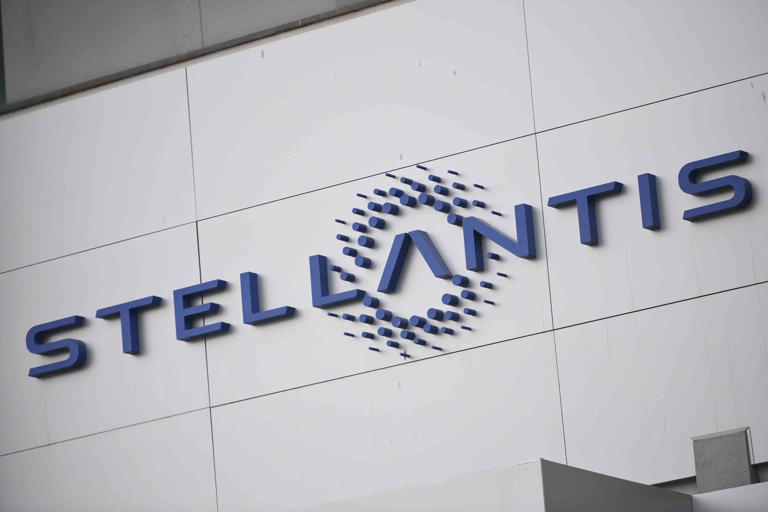Stellantis, the conglomerate formed from the merger of Fiat Chrysler Automobiles (FCA) and Peugeot S.A. (PSA Group), has recently navigated a challenging first quarter characterized by notable declines in both revenue and shipments. These downturns have prompted investor concern and a significant drop in the company’s stock value.
The reported 12% decrease in revenue, which amounted to EUR41.7 billion (approximately $44.5 billion), is primarily attributed to a combination of factors including reduced sales volume, unfavorable product mix, and currency exchange fluctuations. Simultaneously, shipments experienced a 10% decline, with 1.34 million units delivered during the quarter. This decrease in shipments is largely linked to the strategic decision to optimize production and manage inventory levels in anticipation of a forthcoming wave of new product releases scheduled for the latter half of the year.
Central to Stellantis’ strategy is an ambitious plan to unveil 25 new vehicle models throughout 2024, a testament to the company’s commitment to innovation and market expansion. Of particular significance is the emphasis on electric mobility, with an impressive 18 of the upcoming models slated to be battery electric vehicles (BEVs). This strategic pivot towards electrification aligns with broader industry trends and consumer demand for sustainable transportation solutions.
Despite the proactive measures taken to streamline operations and prepare for future product launches, Stellantis’ stock experienced a notable decline, plunging more than 10% in response to the first-quarter results. This market reaction underscores investor apprehension regarding the short-term implications of the revenue and shipment declines, as well as the inherent challenges associated with successfully introducing a substantial number of new models in a highly competitive automotive landscape.
Geographically, Stellantis faced revenue and shipment contractions across all global regions except for the Middle East and Africa. Notably, North America emerged as a significant area of concern, with revenue in the region plummeting by 15% and shipments experiencing a substantial 20% decline. In response to these challenges, the company’s Chief Financial Officer, Natalie Knight, emphasized the strategic imperative of inventory optimization to bolster competitive pricing strategies ahead of impending product launches.
Looking ahead, Stellantis remains cautiously optimistic about its long-term growth prospects despite the near-term headwinds. The company’s unwavering commitment to innovation, evidenced by its robust pipeline of new models and its strategic focus on electrification, positions it favorably for future success in an increasingly dynamic automotive landscape. Moreover, the encouraging uptick in BEV sales during the first quarter signals early traction in capturing consumer interest in electric mobility solutions.
In conclusion, while Stellantis confronts immediate challenges related to declining revenue and shipments, its strategic initiatives and forward-looking approach to product development position it for sustained growth and competitiveness. As the company continues to navigate market volatility and execute its ambitious roadmap, investors will closely monitor its performance and market positioning in the quarters to come.
